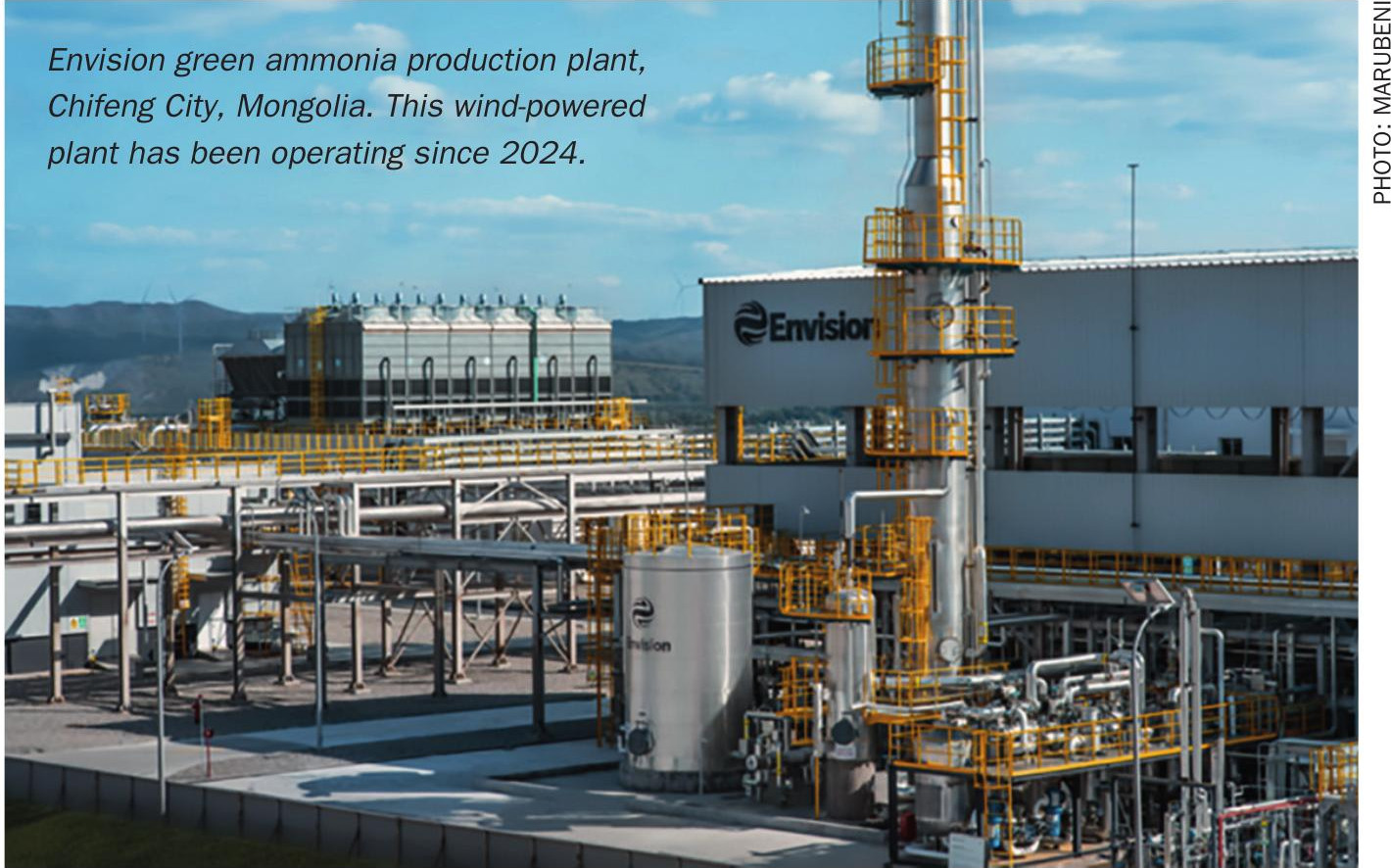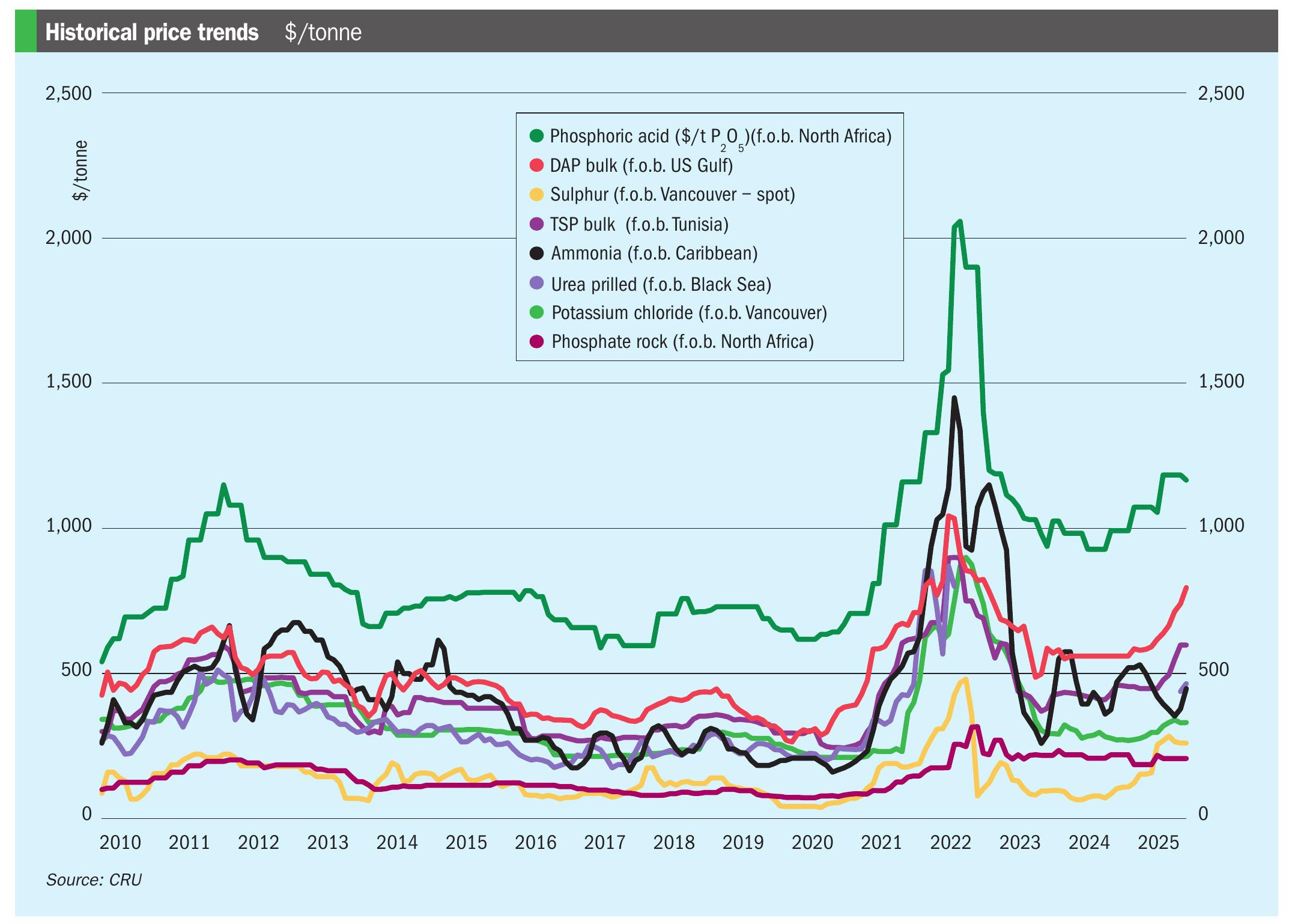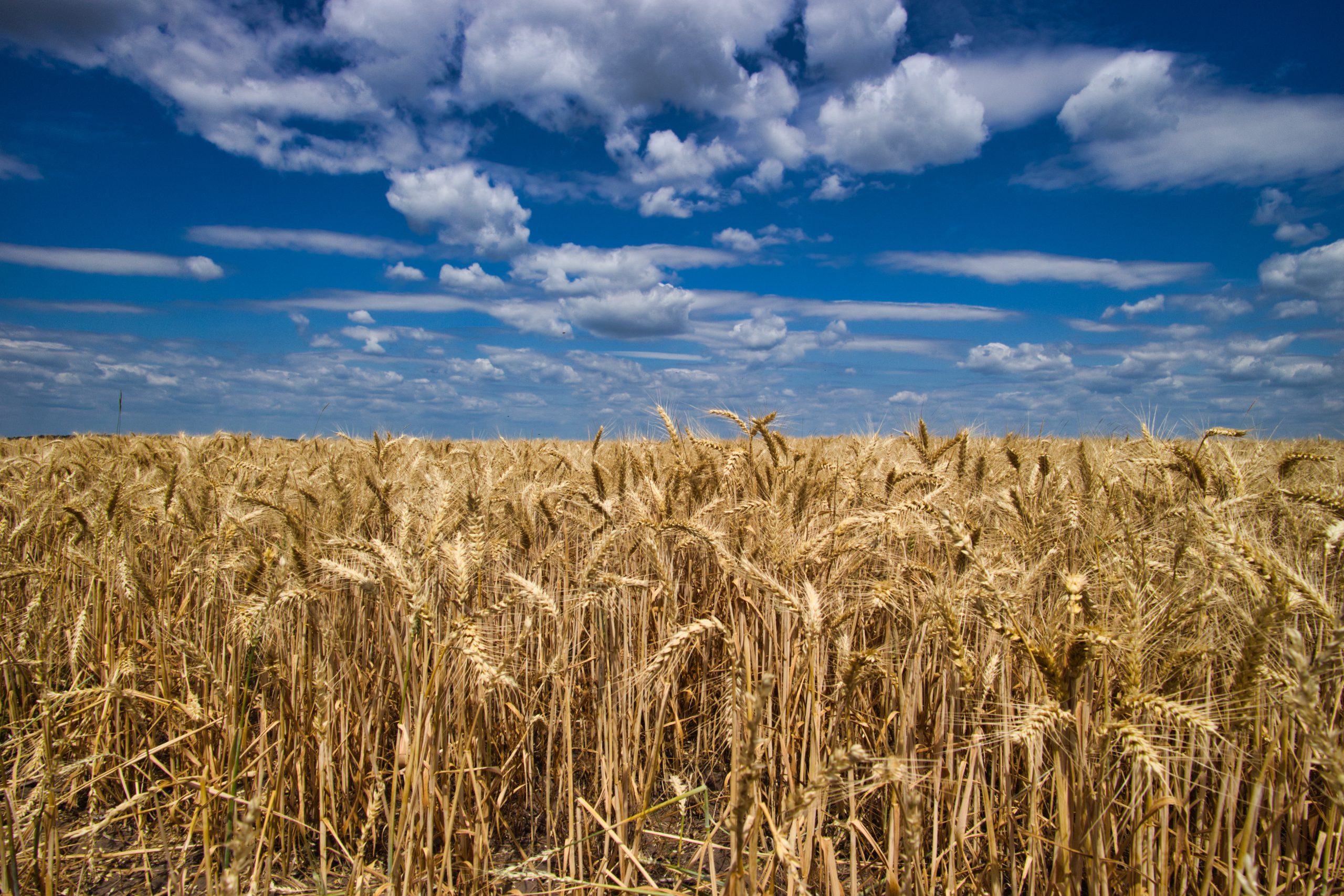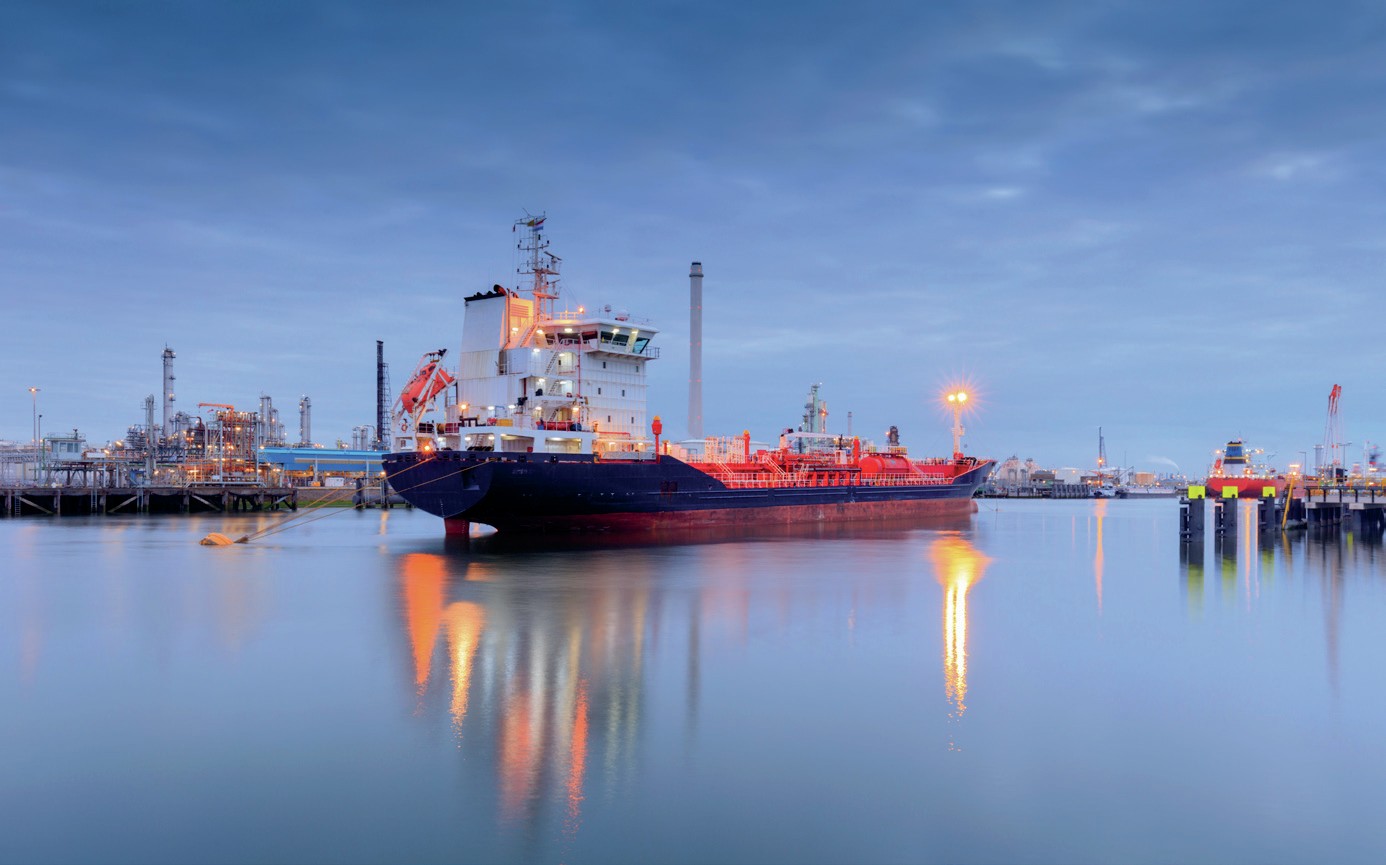Nitrogen+Syngas 367 Sept-Oct 2020

30 September 2020
Market Outlook
Market Outlook

AMMONIA
- The ammonia market continues to be oversupplied, and prices have dropped to historically low levels. Yuzhnyy rates dropped to $175/t f.o.b. in July. In spite of shutdowns in Trinidad and elsewhere, demand remains sluggish and recovery from the Covid epidemic is patchy, especially in the US.
- Industrial demand is picking up in Asia, but remains below normal values for the time of year.
- Although this is usually a slack period for US fertilizer ammonia demand, it is expected that the US will need to start buying ammonia again in September for the Fall application period, which may lead to a short-term deficit there.
- Likewise, many producers have stated that they will not bring plants back online until the market has staged a significant price recovery, so the potential for higher pricing is in place for the fourth quarter. But demand from the industrial market remains weak, and is unlikely to recover until 2021.
UREA
- The urea market has been lifted by a huge increase in buying by India, the world’s largest importer. A good monsoon season has led to higher than expected consumption in India and could see record imports of urea in 2020. Indian domestic urea sales reached 5 million tonnes in July, and Nutrien reports that its sales from April to July 2020 into India were 50% up on the same period for 2019.
- MMTC’s tender for 1.15 million tonnes went unfulfilled to the tune of 450,000 tonnes, and RCF tendered only 11 days later. More urea is expected to be purchased in September.
- Brazil has also been buying strongly, and together with India has lifted prices by more than $30/t.
- However, there are some signs that the rally in urea prices may be peaking, with some resistance to higher prices in some markets. A slackening of Indian demand or an increase in Chinese sales into India could lead to a price correction during 4Q 2020.
METHANOL
- Methanol demand improved during 2Q 2020 in China, by about 4% on 1Q, with increased demand in both fuel and chemical applications as the country recovered from Covid. MTO demand was particularly strong. However, although China represents half of global methanol consumption, outside China demand was down 19% year on year, with MTBE hit by falling car use and chemical production reduced due to the pandemic.
- Production cuts by Methanex (in Chile, Trinidad and New Zealand) and others have reduced methanol supply by about 9%, which has helped the market find a balance point. In North America, production cuts have lifted prices from $210/tonne to around $236-243/ tonne f.o.b. in recent weeks.
- The restart of the Brunei Methanol plants and Petronas at Labuan are likely to see prices stabilise or fall, barring an unexpected outage in the Middle East.






